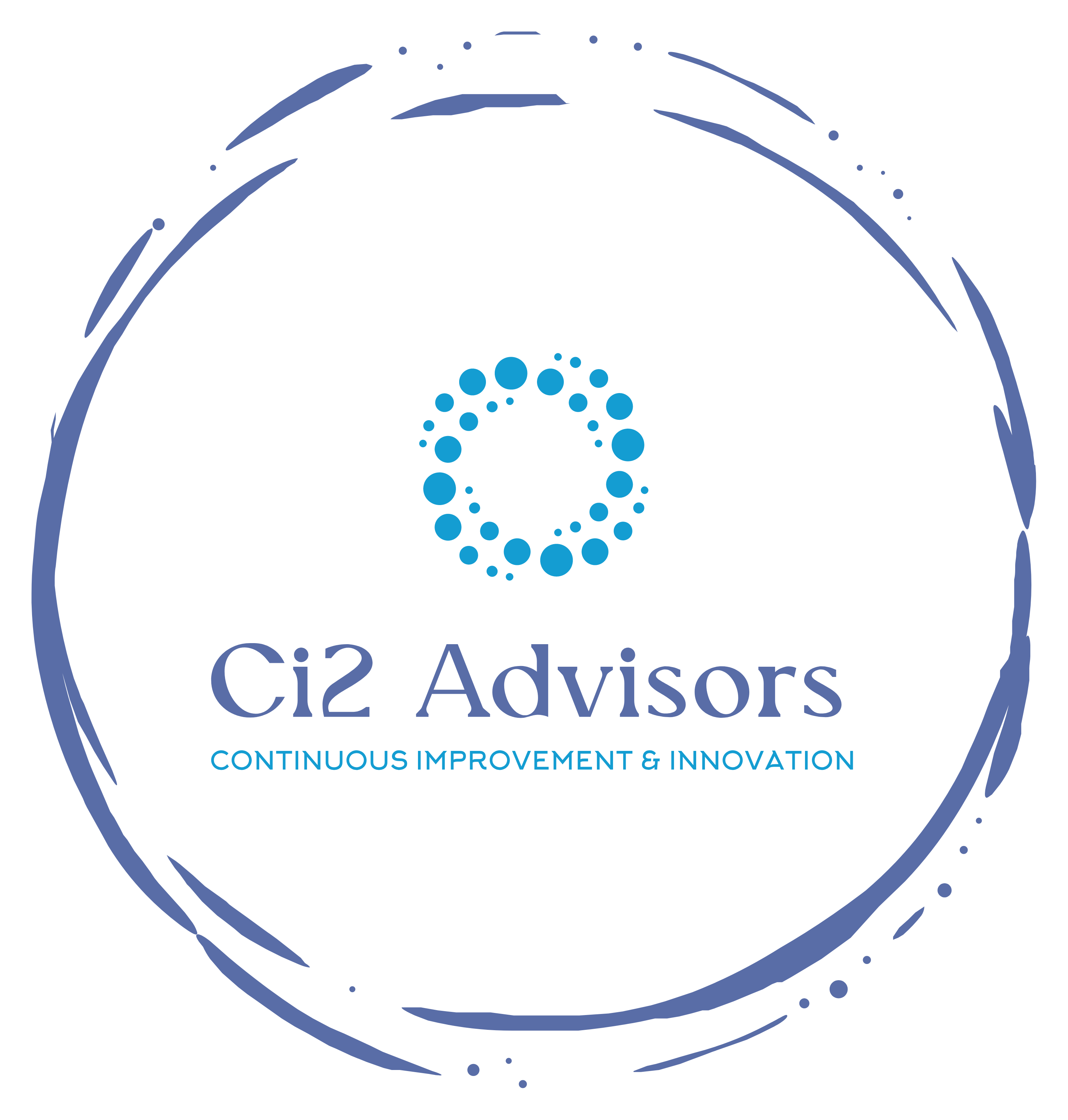In today’s workplace, performance has become the default language of value. We measure progress in deliverables, timelines, and efficiency metrics. Every meeting, presentation, and message becomes a chance to prove we’re capable, fast, and prepared. Yet beneath the polish of all that output, something vital is disappearing: connection.
The truth is, people don’t respond to performance—they respond to presence. They don’t remember how impressive we sounded; they remember how we made them feel. In a world overwhelmed by information and automation, our ability to slow down, listen deeply, and connect meaningfully has become the real differentiator. Technical skill will always matter. But in this new era of communication, connection has become the new currency of influence.
Why Story Still Works
When information alone isn’t enough to move people, story steps in. Storytelling cuts through the noise because it doesn’t compete on volume—it competes on meaning. When someone hears a story about a real person facing a recognizable struggle, they engage instinctively. They empathize. They imagine how that transformation might apply to their own life.
That’s why stories matter so much in leadership, coaching, and collaboration. A story built around struggle and change helps people see what’s possible. It doesn’t demand attention—it earns it. But for that to happen, a story has to be authentic. It can’t sound rehearsed or overly perfect. People don’t connect with polish; they connect with honesty. When we share stories that reveal vulnerability and growth, we build trust. We invite others to see themselves in the narrative and, in doing so, create real momentum for change.
The Real Barrier: Speed
If connection is the goal, speed is the enemy. Every day, professionals are inundated with messages, meetings, and shifting priorities. The result is a kind of communication fatigue—an endless stream of surface-level updates that keep the system running but rarely build understanding. In this environment, slowing down to truly listen feels like a luxury few can afford.
But the cost of not listening is high. When communication becomes purely transactional, relationships weaken. We stop asking thoughtful questions and start relying on assumptions. We talk more but understand less. What’s missing isn’t more communication—it’s more presence. Real connection requires space: time to pause, reflect, and hear what someone is actually saying beneath their words.
Listening as a Strategic Skill
At Ci2 Advisors, we call that kind of presence transformational listening. It’s the foundation of every story that lands and every relationship that lasts. Transformational listening isn’t passive; it’s an intentional practice of understanding someone’s inner world—their frustrations, motivations, and deeper fears. It’s about tuning in long enough to see the story behind the surface.
When you practice transformational listening, you stop guessing what people need to hear and start knowing. You recognize the emotional current that shapes their choices. That understanding allows you to communicate with precision and empathy. It turns your story from a broadcast into a bridge—something that connects rather than competes for attention.
Connection Outperforms Communication
Most workplaces are full of communication but short on connection. We’ve mistaken constant talking for collaboration. We send quick messages to prove activity, but rarely slow down to build trust. Yet people don’t change because they’re impressed; they change because they feel understood.
When we communicate from connection, we stop trying to prove our competence and start focusing on understanding others. That simple shift transforms outcomes. It reduces friction, deepens trust, and makes conversations more productive. Human connection turns communication from an exchange of information into a shared experience of meaning—and that’s what drives real performance.
Balancing AI and Humanity
The rise of artificial intelligence has made this balance even more critical. AI can summarize meetings, generate reports, and organize information faster than ever. Those tools are powerful and necessary. But they can’t replace the human capacity for empathy, emotion, and intuition. Machines can replicate tone, but not trust. They can produce language, but not connection.
The professionals who will thrive in the years ahead are those who master both sides—the technical fluency to use AI effectively and the emotional fluency to connect authentically. Productivity may come from automation, but progress still comes from understanding. The future won’t belong to the loudest or fastest communicators. It will belong to those who can listen the deepest.
Storytelling as a Human Advantage
Storytelling remains one of the few things technology can’t fully automate. It requires empathy, experience, and emotion—all uniquely human traits. The most powerful stories are built from listening. When we take the time to understand what others are struggling with, we can tell stories that mirror their experience. We can hold up a reflection that says, I see you. That reflection is what creates movement.
Stories built on empathy don’t just entertain—they transform. They allow people to see themselves in new ways and to imagine change that feels achievable. That’s how teams align around vision, how clients commit to action, and how leaders earn trust.
Slowing Down in a Fast World
In an environment that prizes speed, slowing down can feel counter-cultural. But it’s the only way to make space for meaning. When we slow down enough to ask the right questions, to listen without rushing to respond, we create the conditions for real connection. Those quiet moments are where insight lives. They’re where collaboration deepens and solutions emerge.
Most people today are surrounded by polished communication: edited decks, templated emails, AI-drafted memos. Amid that perfection, what stands out is honesty. When you show up with presence instead of performance, people notice. When you tell a story that’s imperfect but real, they lean in. Connection doesn’t require more noise—it requires more truth.
From Performance to Presence
Performance is about control. Presence is about connection. When you move from performing to being present, you stop worrying about how you’re being perceived and start focusing on how others are experiencing the conversation. You trade impressing for understanding.
Leaders who communicate from presence build stronger teams. They see what others miss—the tension behind hesitation, the fatigue behind silence, the spark behind a new idea. Presence allows them to respond with empathy instead of urgency. And that shift—from managing outcomes to cultivating relationships—creates trust that lasts far beyond the meeting room.
The Business Case for Connection
Connection isn’t just a soft skill; it’s a strategic one. Organizations that cultivate empathy and listening consistently outperform those that don’t. Clients stay longer. Teams collaborate better. Innovation rises because people feel safe to share ideas. When individuals feel seen and heard, they invest more of themselves into their work.
In an economy where almost everything can be automated, connection is one of the few advantages that can’t be replicated. It’s what turns a service into a partnership and a transaction into loyalty. It’s measurable, scalable, and deeply human.
Practicing Connection Every Day
Connection isn’t built in grand gestures—it’s created in moments. It’s choosing curiosity over certainty. It’s asking one more question. It’s pausing before responding. It’s remembering that every person you speak with has a story, and taking the time to hear it.
These small habits compound into something powerful. They build cultures where people feel trusted and understood. They transform communication from routine to relational. And they remind us that while technology can make us faster, only connection makes us better.
The Human Edge in an Automated World
Artificial intelligence will continue to evolve. It will take over routine tasks, draft content, and analyze data with increasing sophistication. But it won’t replace the moments that make work meaningful—the moments of empathy, story, and shared understanding that turn information into action.
As technology accelerates, the professionals who lead will be those who double down on humanity. They’ll use tools to amplify their work, but they’ll use listening to deepen their impact. They’ll know that performance gets attention, but connection earns commitment.
The Takeaway
We’ve been trained to believe that performance drives results. In reality, connection drives performance. It’s what inspires loyalty, strengthens teams, and turns stories into strategies. The future of leadership and communication won’t be measured by how much we produce—it will be measured by how deeply we connect.
So as the noise grows louder and the tools get smarter, remember: the most powerful thing you can offer isn’t your speed, your polish, or your perfection. It’s your presence. Because in the modern workplace, connection isn’t a soft skill—it’s the new standard of success.
Want to learn how to build transformational listening into your team’s culture?








